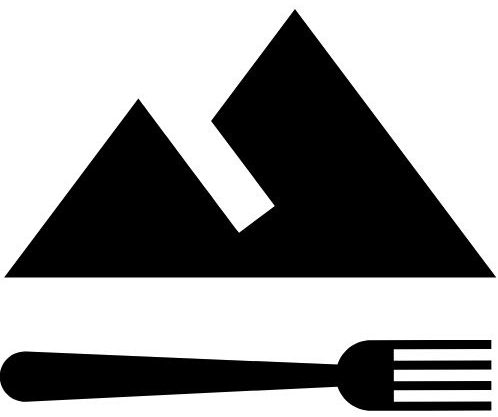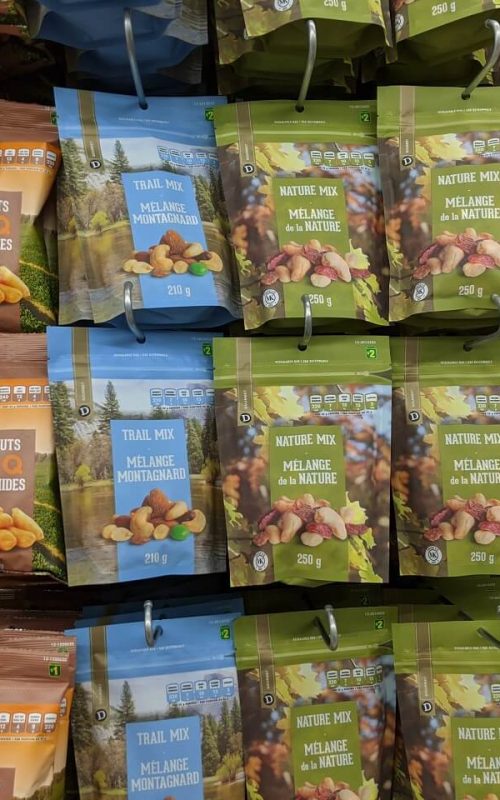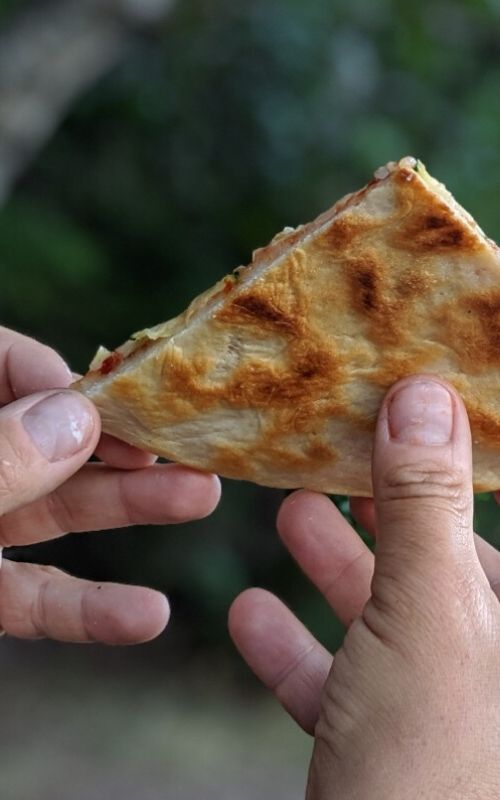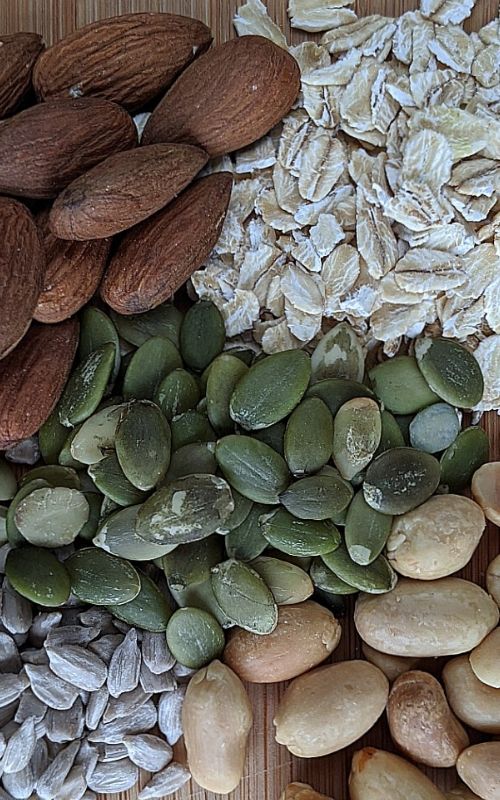In the last few years we have seen a big growth in popularity in vegan and vegetarian diets. But a lot of us are just not used to skipping animal protein in our daily meals.
For some people it is inconceivable to not have meat for even just a meal. Coming from a family of butchers, I have heard this often.
Vegetarian or vegan food can have lots of advantages when exploring the outdoors, however. Here’s a few of the benefits with some examples of how you can easily add vegetarian or vegan food to your adventure menus.
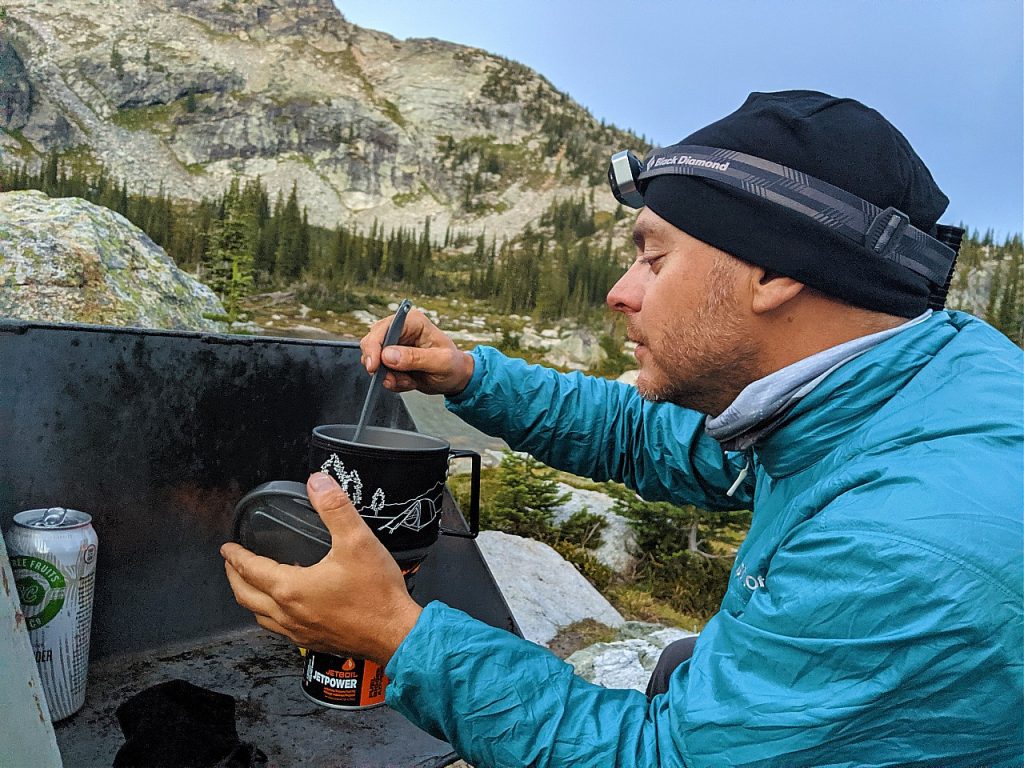
Long shelf life
This is no secret, but meat produce spoils easily if not kept under refrigeration. Most literature on the subject recommends to throw out any meat that has been left out of refrigeration after two hours. This would make for a pretty short outdoor adventure!
While there are some some tricks out there that make it possible to carry meat on a hike, it usually involves either carrying ice packs or a heavily cured or processed meat.
Replacing the meat produce by vegetarian option with help with the shelf life of your backpacking food. Some great examples of protein replacements are legumes and TVP (textured vegetable protein).
Faster to digest
Red meat can take up to six hours to digest compared to beans (two hours) and nuts (three hours).
When talking about beef jerky, these are usually full of nitrites and salt which should be avoided in large quantities. The low amount of fiber in meat can also cause problems, lead to discomfort and health concerns.
Full of nutrients
A vegetable based diet will provide you with all the macro nutrients you will need on the trail. Vegetable based proteins, for example, are high in fiber. Foods high in protein include soybeans, pinto beans, black beans, nuts, legumes and quinoa. Legumes are also full of iron.
It’s cheap.
Gram for gram, vegetable proteins can cost just a fraction of the cost of meat. Vegetarian freeze dried meals also tend to be cheaper than their meat counterparts.
Example vegetarian hiking menu
Now that you are convinced that vegetarian food is the way to go, you might be wondering how you are going to implement all this info on your next trip. Well, this is the easy part.
If you make your hiking menu from scratch already, there is a massive chance that you are already halfway there.
- A bowl of homemade muesli and nuts with dehydrated milk (or coconut milk) in the morning is a quick way to start the day.
- Nuts, dehydrated tofu and sesame snaps are a good alternative to the beef jerky for snacks. A peanut butter and jam sandwich makes for simple and lunch.
- For dinner a good old mac and cheese, with or without flavour and texture additions.
There you go – if you can boil water, you can live one day on the trail without having meat.
Now this is a very basic idea but as you get used to skip the meat you will learn all the interesting flavours the vegetarian world offers you.
If you are not planing to dehydrate your own meals, there are many companies that make pre-packaged freeze dried or dehydrated meals. Good to Go and Alpine Aire are a couple of my favourites.
